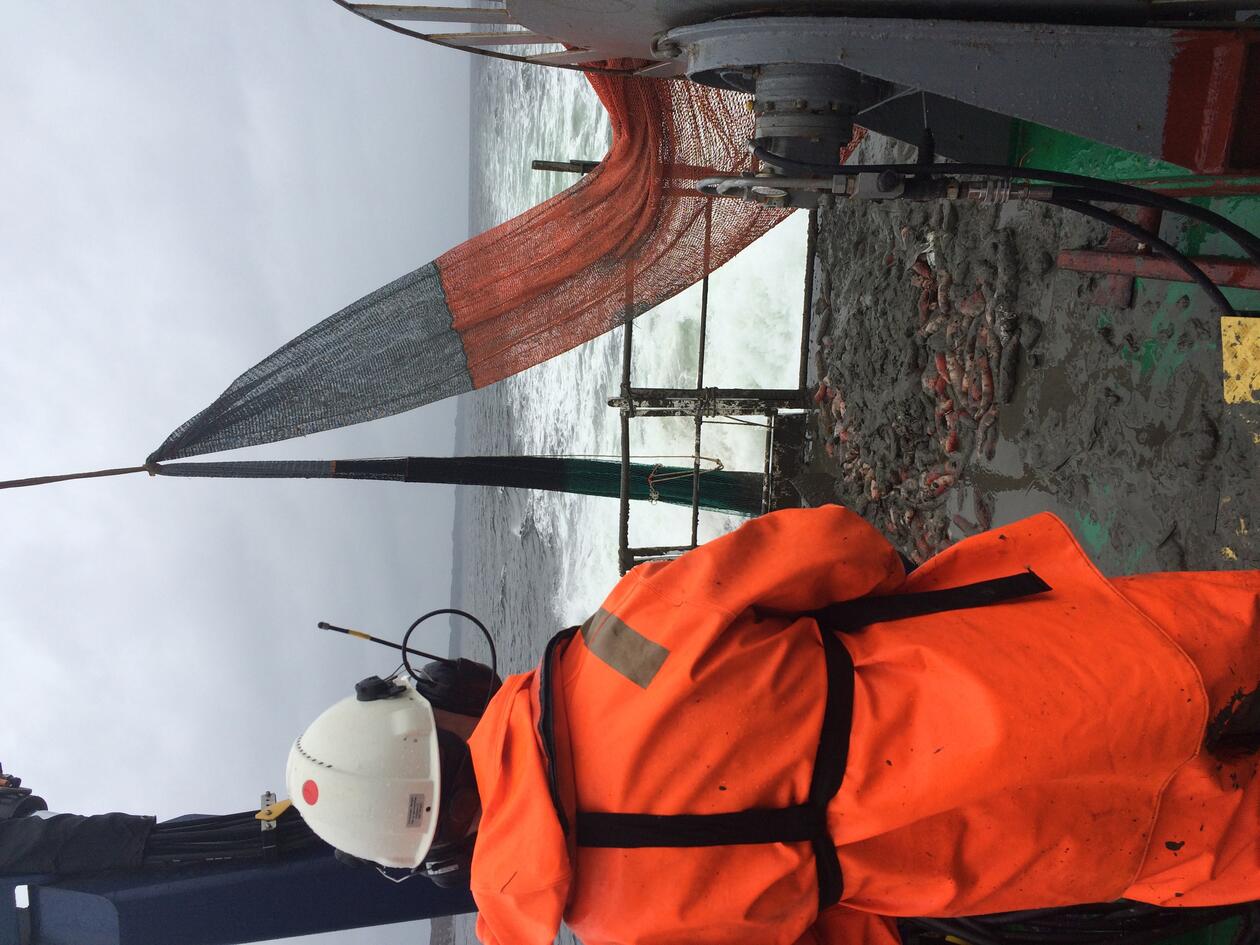Life through the looking glass
The online exhibition presents works-in-process of young scientists from the EvoCELL network. The researchers are studying animal evolution from a cellular perspective, by applying cutting-edge technologies to uncover a previously invisible world.

Hovedinnhold
Modern biological research often lacks physical objects to exhibit. The objects of interest are only indirectly visible through a range of complicated technologies and long processes.
Their research is complex, so complex that most communication about it never leaves the scientific community.
The scientists were asked: What is preventing them from bringing their research to the public’s attention? Many stated that there are simply “no big results” or “eureka moments” as usually imagined by the public.
The answer: The online exhibition ‘Life: Through the Looking Glass’
Ines Fournon Berodia, doctoral researcher at the Sars Centre in Bergen says:
“The designs of the exhibition are really amazing and eye-catching, specifically the mysterious drawings of each animal. Generally, I find the online exhibition is a totally different approach to what is out there. Science communication led by early-stage researchers can only mean a refreshed canvas and a bright future for more transparent science.”

Francesca Pinton (left) and Petra Kovacikova at Department of Biological Sciences at University of Bergen.
“Working on our story for the online exhibition meant balancing different ambitions and perspectives: conveying the scientific process in general, but also showing our own research, while trying to make a point, but also telling a story that could interest a broad audience. It was like explaining to my family what I do and why it is important, but with cool pictures, fancy animations, and under the guidance of people who actually know how to do this.” says Francesca Pinton, doctoral researcher.
Invisible building blocks of life
The online exhibition is an attempt to present the usual “finished science” that fills museum halls. It instead depicts science as a process and the questions scientists pose as they research without an end in sight.

The network is researching life processes that are invisible to the naked eye:
The evolution of cell types and tissues which are the basic building blocks of life
This is made possible by single-cell sequencing, an exciting new tool that allows us to dive deeper into the unknown and intricate processes that occur inside different animals.
Focuses on cell types
The network's main questions are:How many different cell types does an animal have (e.g. muscle cells, stem cells, or neurons)?
How do new cell types arise in evolution? Which cell types are shared by different animal groups? And which unique types of cells exist in different animal groups?
It was like explaining to my family what I do and why it is important
Starting in January 2018, EvoCELL was granted 3.8 million euros to conduct research on these issues over a four-year period. As a result, the network is able to lay the foundation for a new field of Evolutionary Developmental Biology that focuses on cell types.

The 12 participating laboratories in Europe hired and trained a total of 21 young scientists, and managed to compile data from all major animal lineages as well as created new scientific analysis tools.
The inclusion of the Museum für Naturkunde has allowed EvoCELL to integrate an unique outreach programme as part of the scientists' training.
Indeed, this is one of the first times that a science outreach project has been included in such a highly specialised science network. The online exhibition is the final outcome after a series of other outreach activities organised by the Museum für Naturkunde.
It was developed on the basis of Siri Kellner’s PhD research on science communication, along with Akanksha’s Raju’s expertise in product design. With it, they reimagine science exhibitions by emphasising the processual nature of science, highlighting the authors of the science, and creating an engaging and playful design that speaks to the audience.

"I wanted to portray the processual nature of science, shifting people's perceptions of science from providing clear answers to continually questioning. Focusing on the research process makes it much easier to communicate about highly complex science. We found a lot of great stories that we could have shared, but we eventually had to narrow it down to eight. What works particularly well is that the authors of the research take centre stage in the exhibition, while scientific images, videos, and data are also displayed in their intended context.” says Siri Kellner, doctoral researcher at MfN Berlin and curator of the exhibition.
EU Horizon 2020
The EvoCELL ITN is a Marie Skłodowska-Curie Action which is part of the EU Horizon 2020 funding scheme. It is funded under EU H2020 MSCA Grant Agreement 766053.
Horizon 2020 was the EU's research and innovation funding programme from 2014-2020 with a budget of nearly €80 billion. More information about this programme can be found on the European Commission website.

